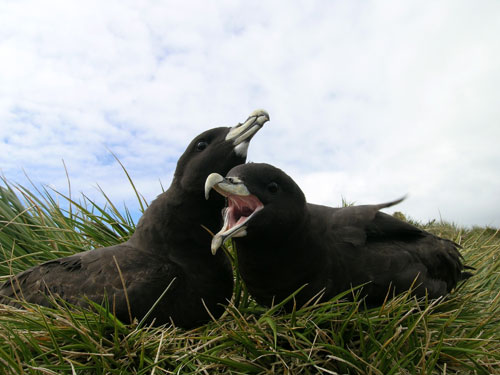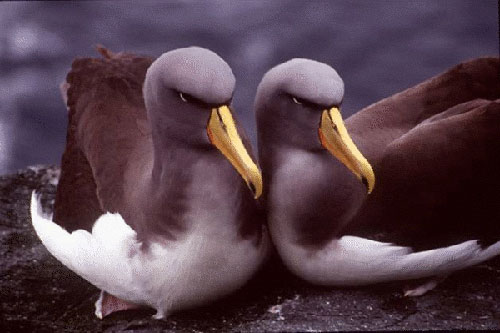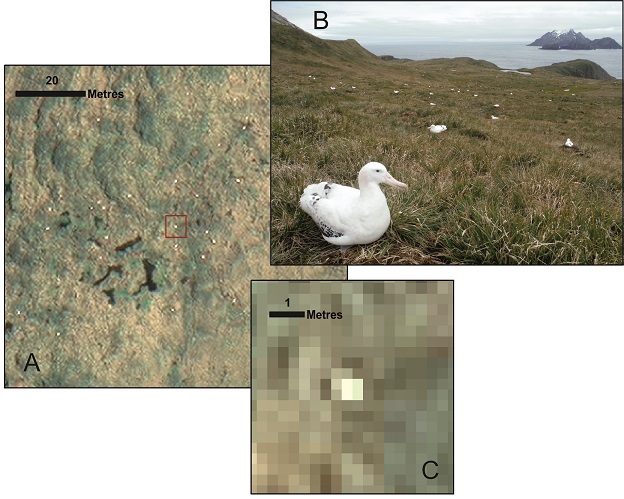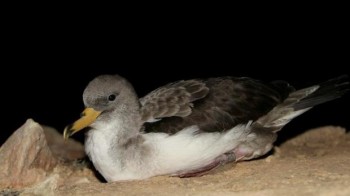The Australian Department of Agriculture and Water Resources is seeking comments on a Draft National Plan of Action for minimising the incidental catch of seabirds in Australian capture fisheries (NPOA–Seabirds).
“The draft NPOA–Seabirds has been developed in collaboration with the Northern Territory and state governments, scientists, environmental non-governmental organisations and commercial and recreational fisheries. The draft responds to concerns about the incidental catch of seabirds in Australian capture fisheries. It outlines the need for a nationally consistent and coordinated management approach to avoid or minimise the incidental seabird bycatch in all capture fisheries within Australia” (click here).
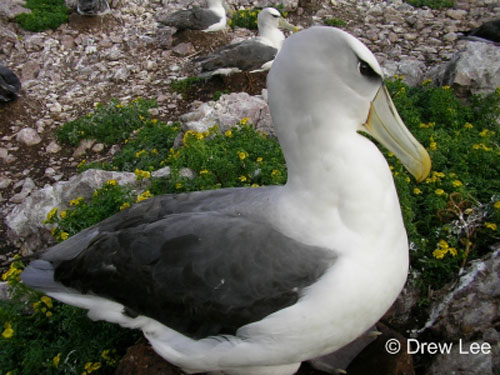
Australia's endemic Shy Albatross incubates on Albatross Island, photograph by Drew Lee
The scope of this plan includes all species of birds that occur naturally in Australian marine areas, all commercial, recreational and other relevant capture fisheries, all waters under the jurisdiction of Commonwealth, state and Northern Territory fisheries, and all fishing undertaken by Australian-flagged fishing vessels on the high seas, including areas governed by regional fisheries and conservation bodies.
Submissions must be lodged to
Reference:
Department of Agriculture and Water Resources 2017. Draft National Plan of Action for Minimising the Incidental Catch of Seabirds in Australian Capture Fisheries. Canberra: Department of Agriculture and Water Resources. 34 pp.
John Cooper, ACAP Information Officer, 11 May 2017

 English
English  Français
Français  Español
Español 